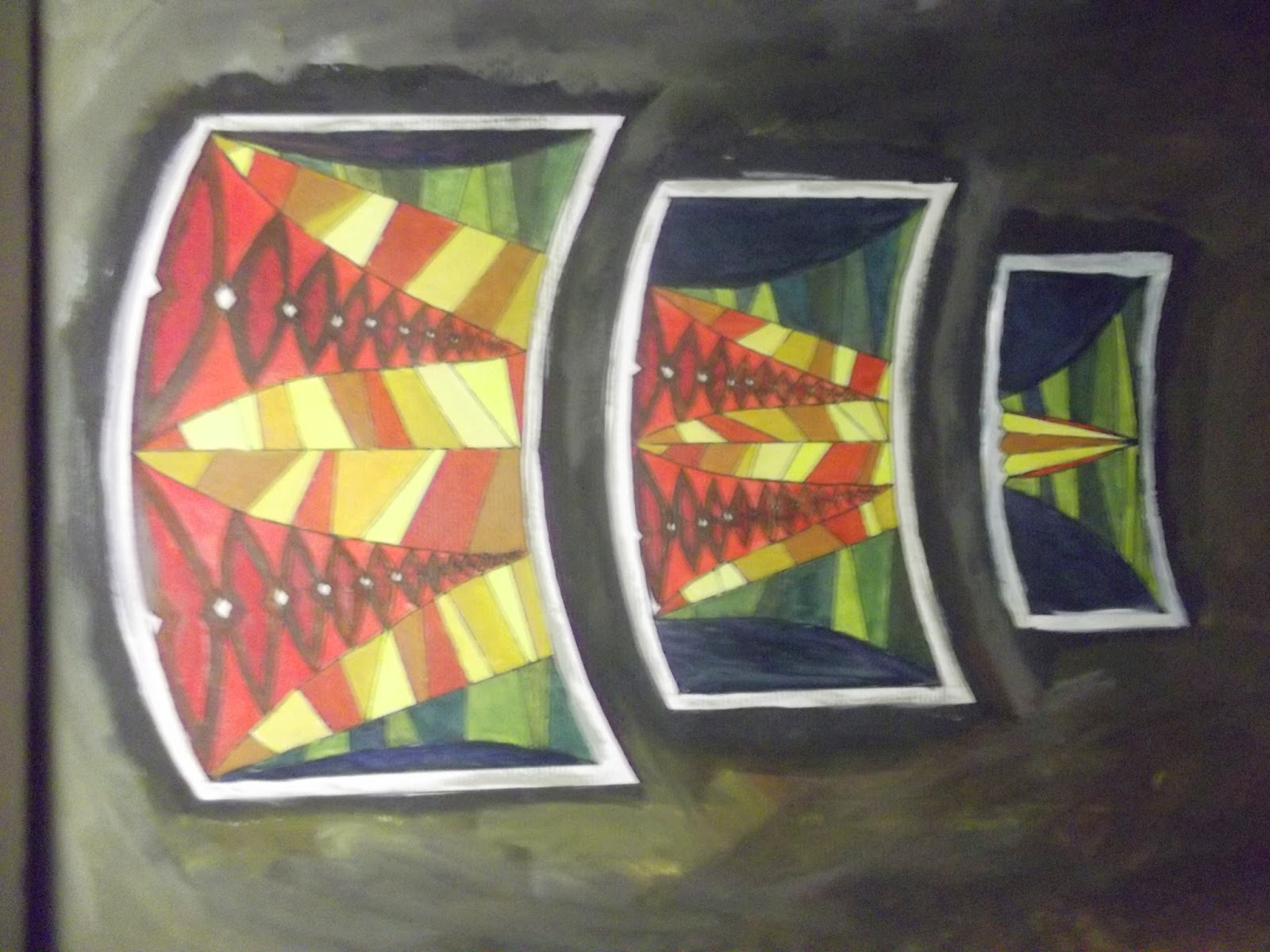Throughout history, design had taken huge turns and
different interpretations on how interiors, architectures and even street
design should be and how it shouldn’t be. During Art Nouveau times, objects and
houses were highly decorated and designers made designs using floral patterns,
included animals and made street signs with decorated typing. By the late 19th
century things had started to take a turn to more simple and linear structures and designs.
 |
| William Morris, Floral design |
This was the time of the industrial revolution were objects
were being mass-produced. The skill of a craftsman was being destroyed by
mass-production and objects started loosing their quality. Not everyone agreed
with this new concept and one such man was William Morris, who was an artist,
designer, printer and more. He felt that quality should be valued and strongly
believed in the skill of the craftsman. Therefore he formed a movement, which
later on got the name of the ‘Arts and Crafts’ movement. This movement pursued
the idea of design and art moving alongside each other and against the poor
quality of goods during the industrial revolution.
 |
| Contemporary wallpaper design |
Morris’ wallpaper designs were his most famous works were
he studied floral patterns and nature’s beauty. His designs are still being
used today and have major influences on pattern designs today. This pattern on
the right is a contemporary design, which shows influence from William Morris
having the floral pattern, but still shows modernity, as it is very clean,
monochromatic, well balanced and harmonious. By comparing the design above and
this one, you can make out some similarities, like the way the flower is
depicted and the repetition.
My drawing shows
tribal patterns of an observational drawing of a tribal mask I have in my room
in my own interpretation, having made a contrast between warm and cold colors
and symmetrically balanced. Although it is not of a floral pattern I chose to
depict the repetition of the pattern to create interest and harmony just like
the repetitive floral patterns of the wallpaper designs.
 |
| Paul Saliba, Tribal Patterns, Acrylic |
 |
| Paul Saliba, Tribal mask, pencil |
At the time of the industrial revolution, new materials and
techniques were being discovered such as plastics, tubular steel, chrome and
more. This was all for the war effort where bentwood, a new technique at the
time, was being used for casts, new material, plastic, was being experimented
with and new technologies, all to build better war planes, transport and more. Government
funded schools for designers like the Bauhaus, which was founded in 1919,
educated designers to make designs more efficient and had form following
function. Modern architecture is more linear and geometric stripped down from
all the excessive decoration, which was not practical.
With the invention of the steam engine and the car,
designers had whole new other ways to experiment with, even new materials gave
opportunity for a whole new level of designs and possibilities. Also with the
help of the arts and crafts movement, we have quality assurance of today and we
have to be very grateful for William Morris as now mass production has to
follow certain procedures to ensure quality and reliability.
William Morris - The Arts and Crafts Movement. 2015. William Morris - The Arts and Crafts Movement. [ONLINE] Available at:http://www.artyfactory.com/art_appreciation/graphic_designers/william_morris.html. [Accessed 05 January 2015].
The Bauhaus, 1919–1933 | Thematic Essay | Heilbrunn Timeline of Art History | The Metropolitan Museum of Art. 2015. The Bauhaus, 1919–1933 | Thematic Essay | Heilbrunn Timeline of Art History | The Metropolitan Museum of
Art. [ONLINE] Available at:http://www.metmuseum.org/toah/hd/bauh/hd_bauh.htm. [Accessed 05 January 2015].





